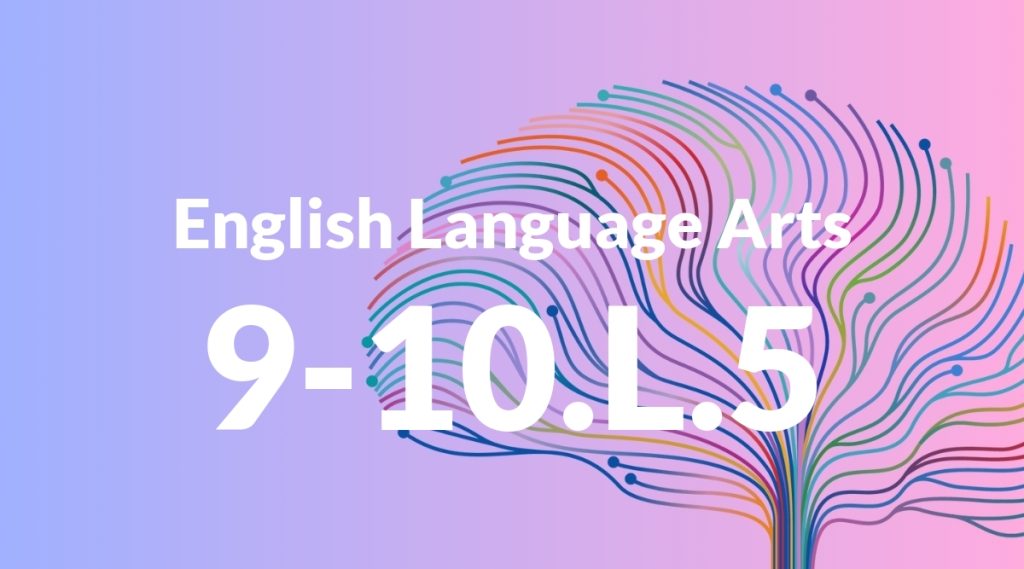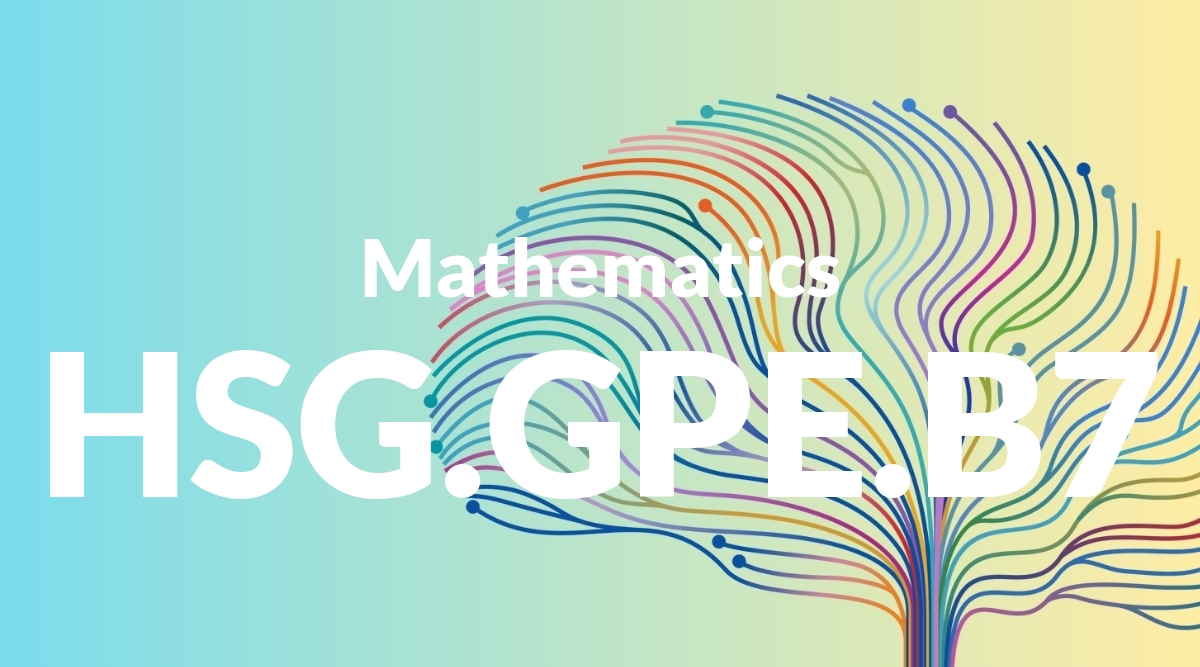Standard: 9-10.L.5 – Demonstrate understanding of figurative language, word relationships, and nuances in word meanings.
Grade level: Grade 9-10
Subject: English Language Arts
Domain: Language
Teacher Overview
This standard emphasizes the importance of understanding figurative language, word relationships, and the nuances in word meanings. Mastery of this standard will enhance students’ reading comprehension, analytical skills, and ability to appreciate and use language creatively. Students should be familiar with basic literary devices and have experience identifying and interpreting figurative language in simpler texts.
Mastering this standard will prepare students for more advanced literary analysis and creative writing tasks, where understanding the subtleties of language is crucial.
Common Misconception 1
A common misconception is that figurative language is the same as literal language. This is incorrect because figurative language involves creative comparisons and expressions that are not meant to be taken literally.
Intervention 1
An effective intervention is to use clear examples and non-examples, allowing students to see and discuss the differences between literal and figurative expressions.
Common Misconception 2
Another misconception is that figurative language always has one fixed meaning. This is incorrect because the meaning of figurative language can vary depending on the context and the reader’s interpretation.
Intervention 2
To address this, provide diverse examples and engage students in discussions about how context influences the interpretation of figurative language.
Prerequisite Knowledge
Students should have a basic understanding of literal versus figurative language, common literary devices (such as metaphors, similes, and personification), and the ability to determine the meaning of unfamiliar words using context clues.
Subsequent Knowledge
After mastering this standard, students will be able to critically analyze and interpret complex texts, understand and appreciate the subtleties of language, and enhance their own writing with sophisticated word choices and figurative language.
Instructional Activities
- Analyze poems and identify different types of figurative language used.
- Create a chart comparing literal and figurative meanings of phrases.
- Write short stories incorporating various figurative language elements.
- Discuss the use of figurative language in popular songs and lyrics.
- Conduct a group activity where students create and present idioms and their meanings.




